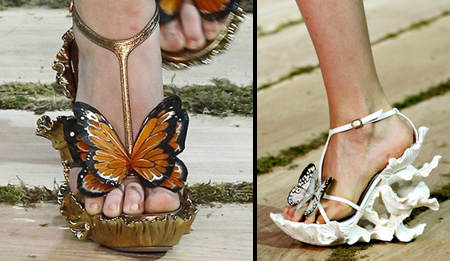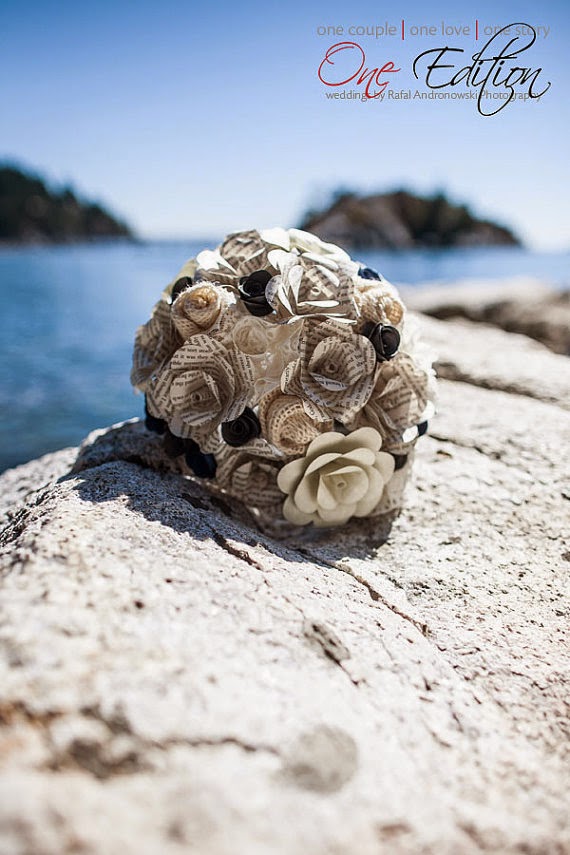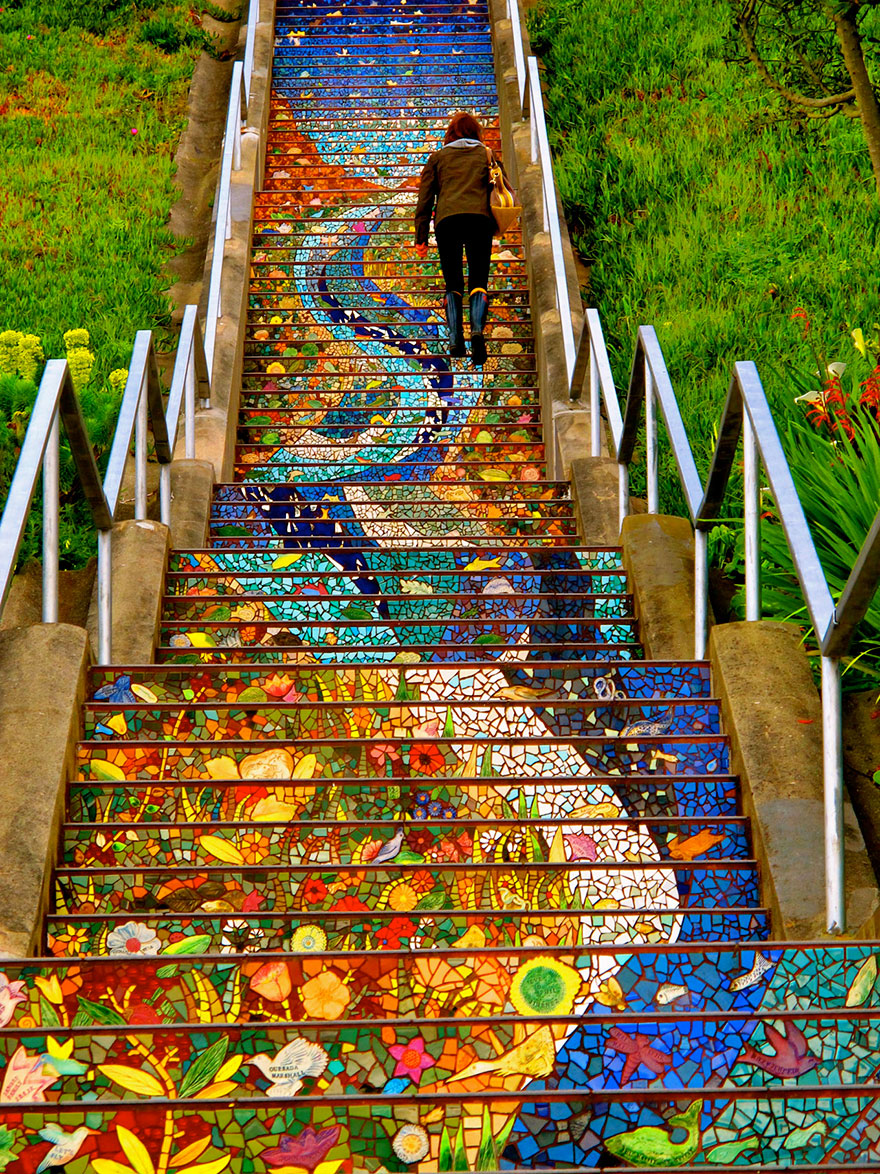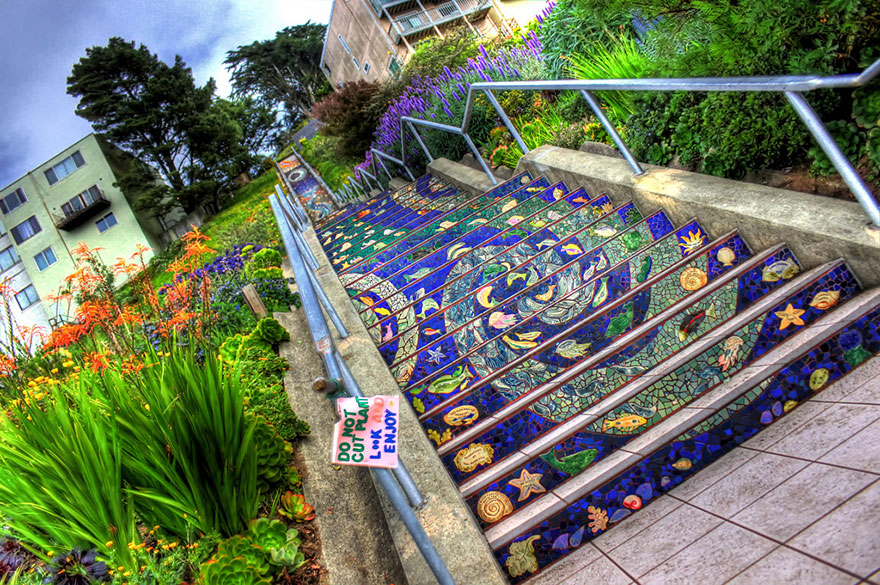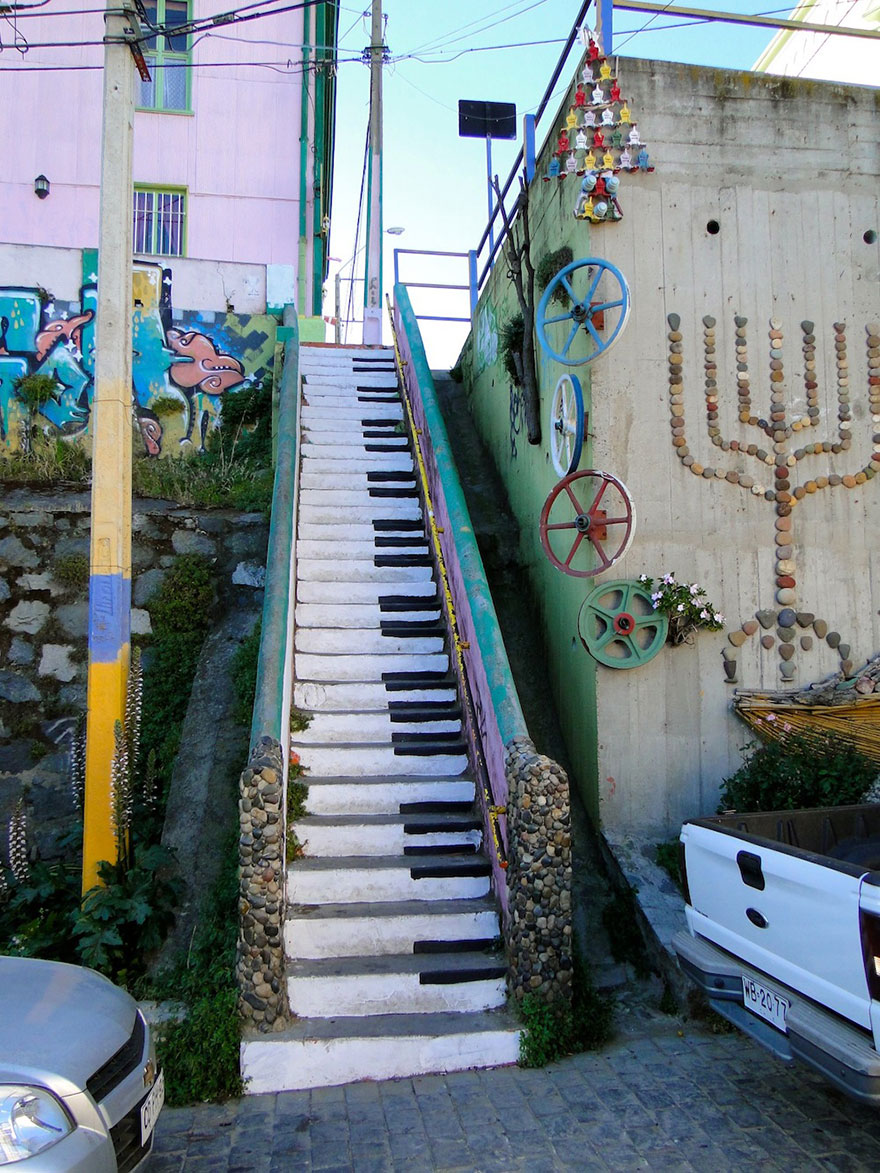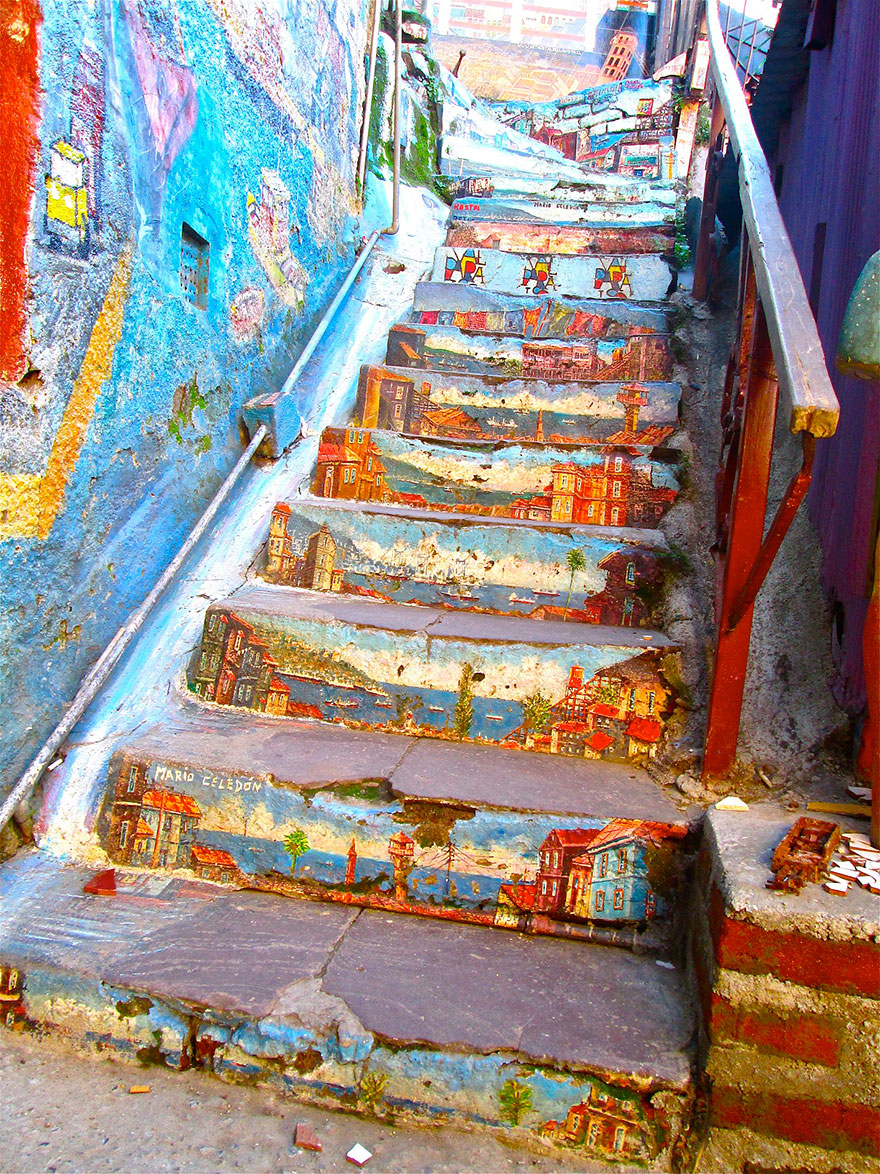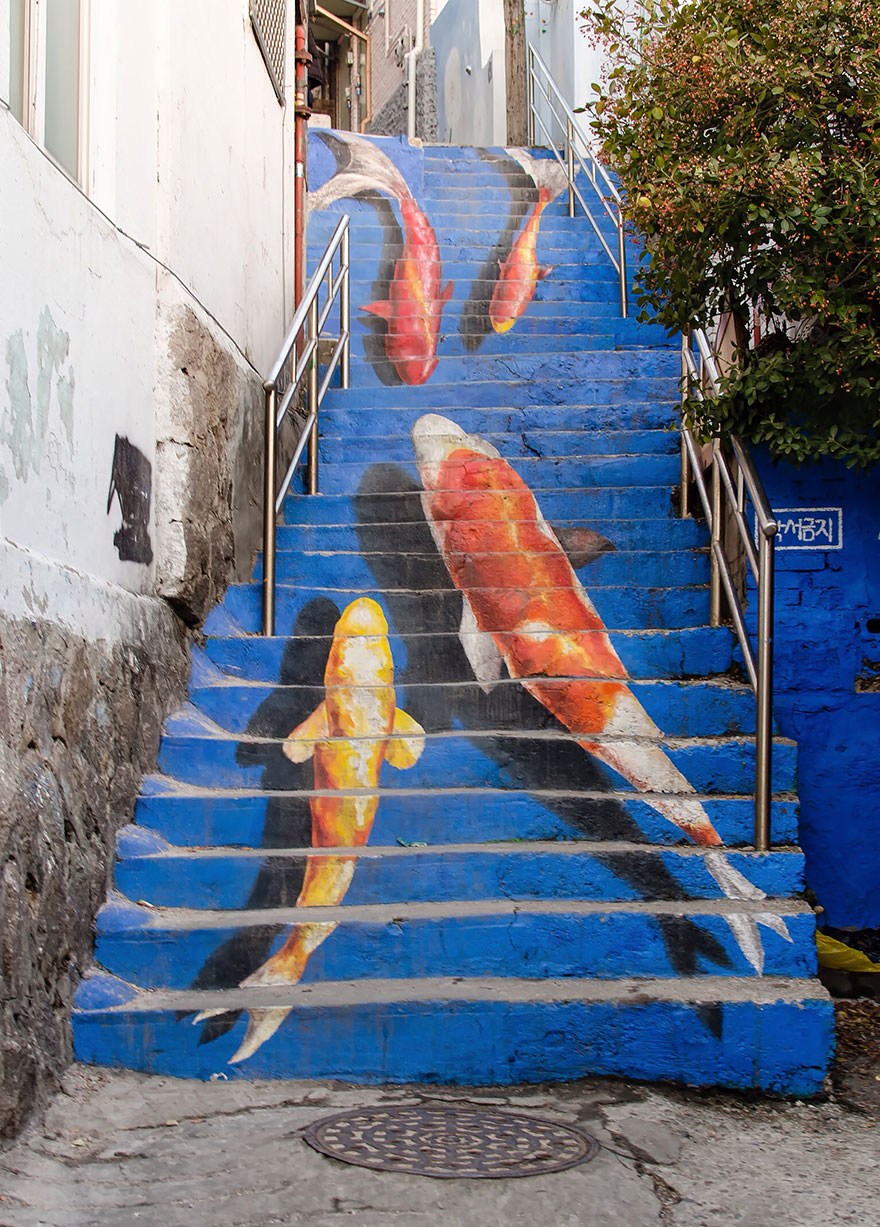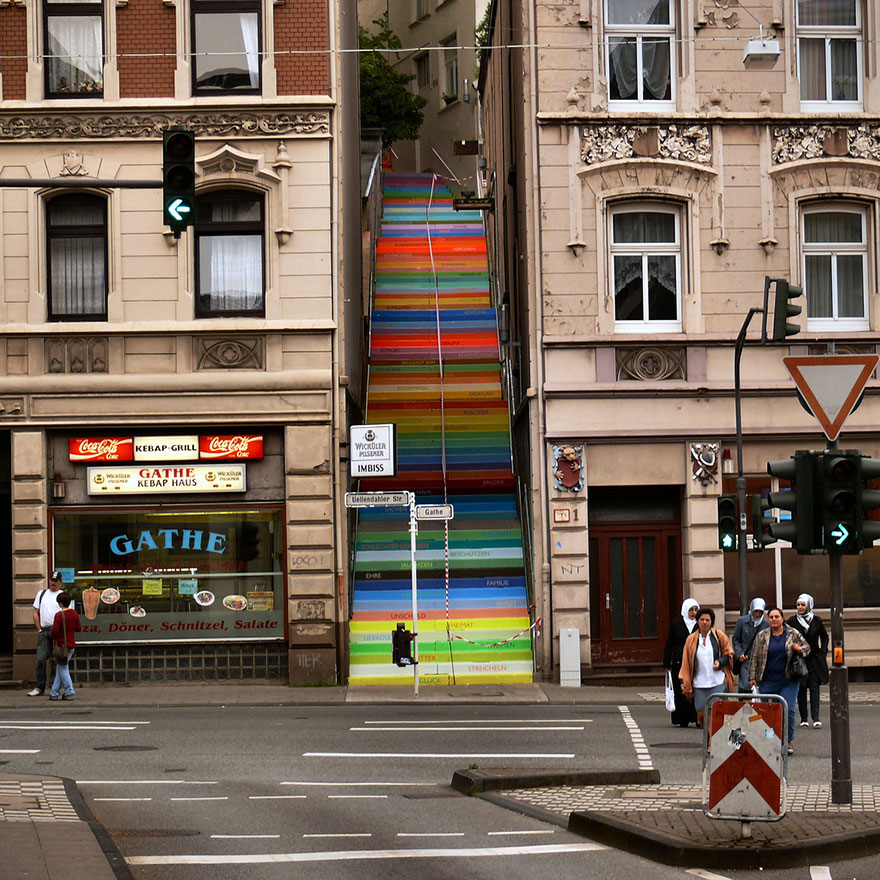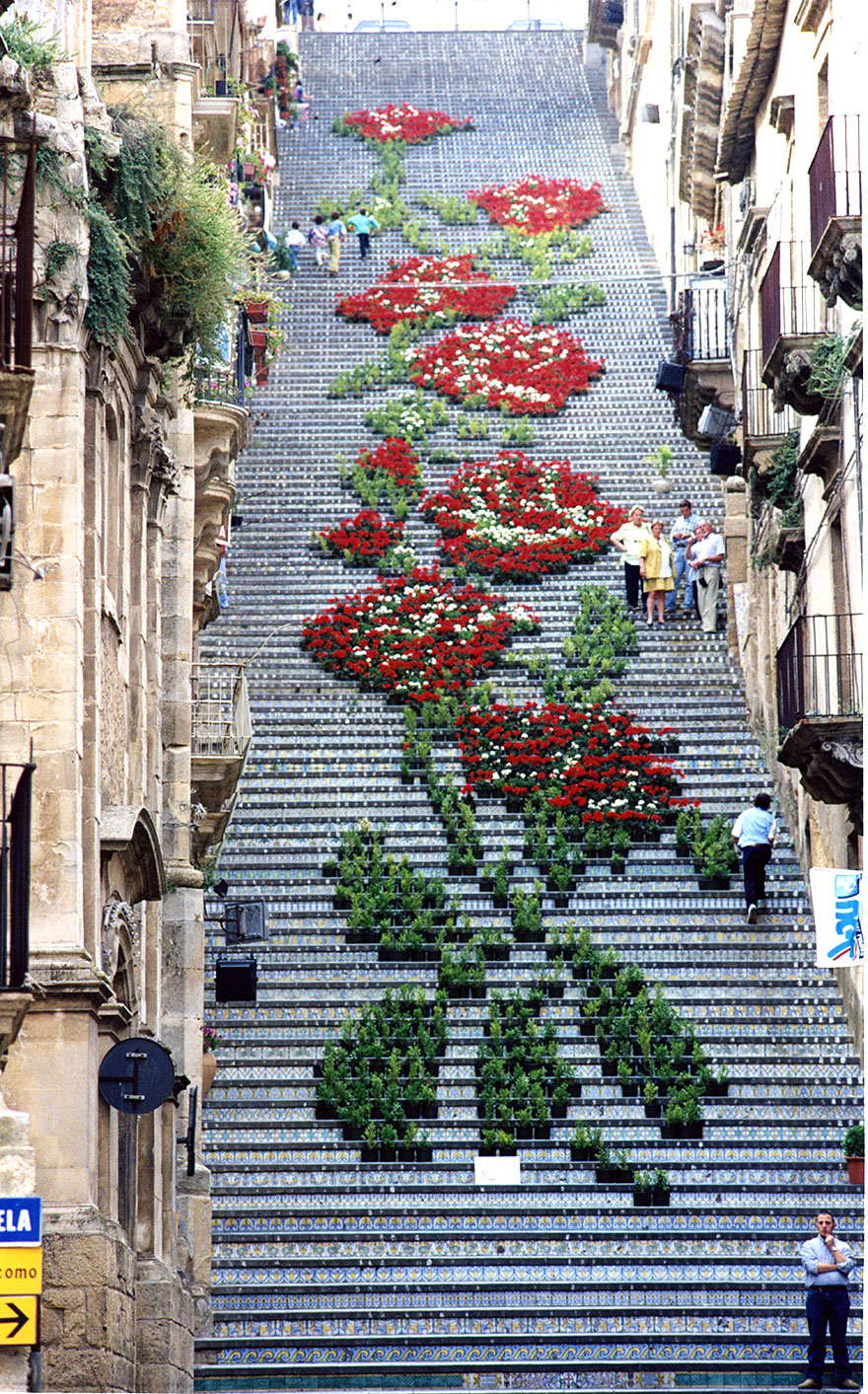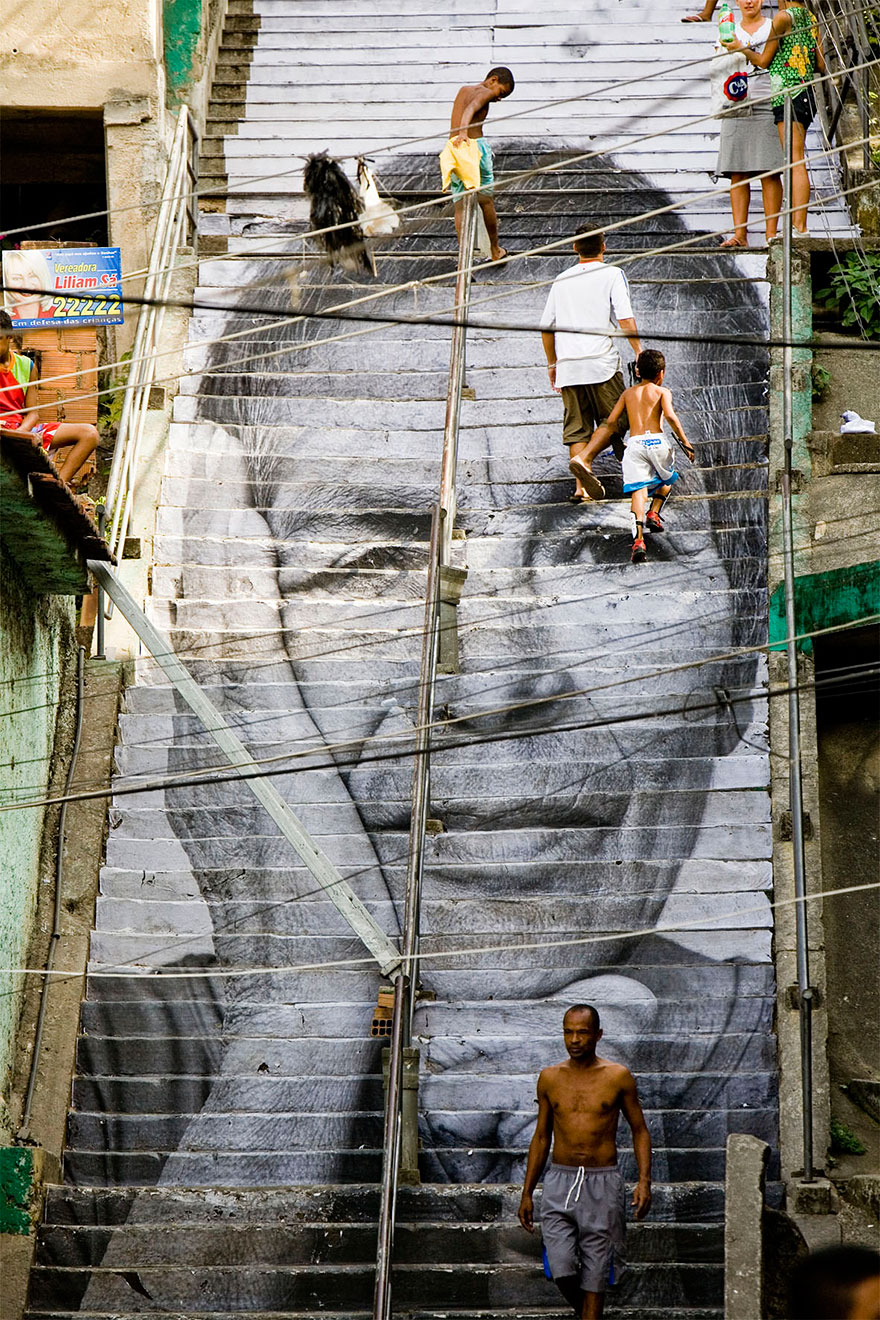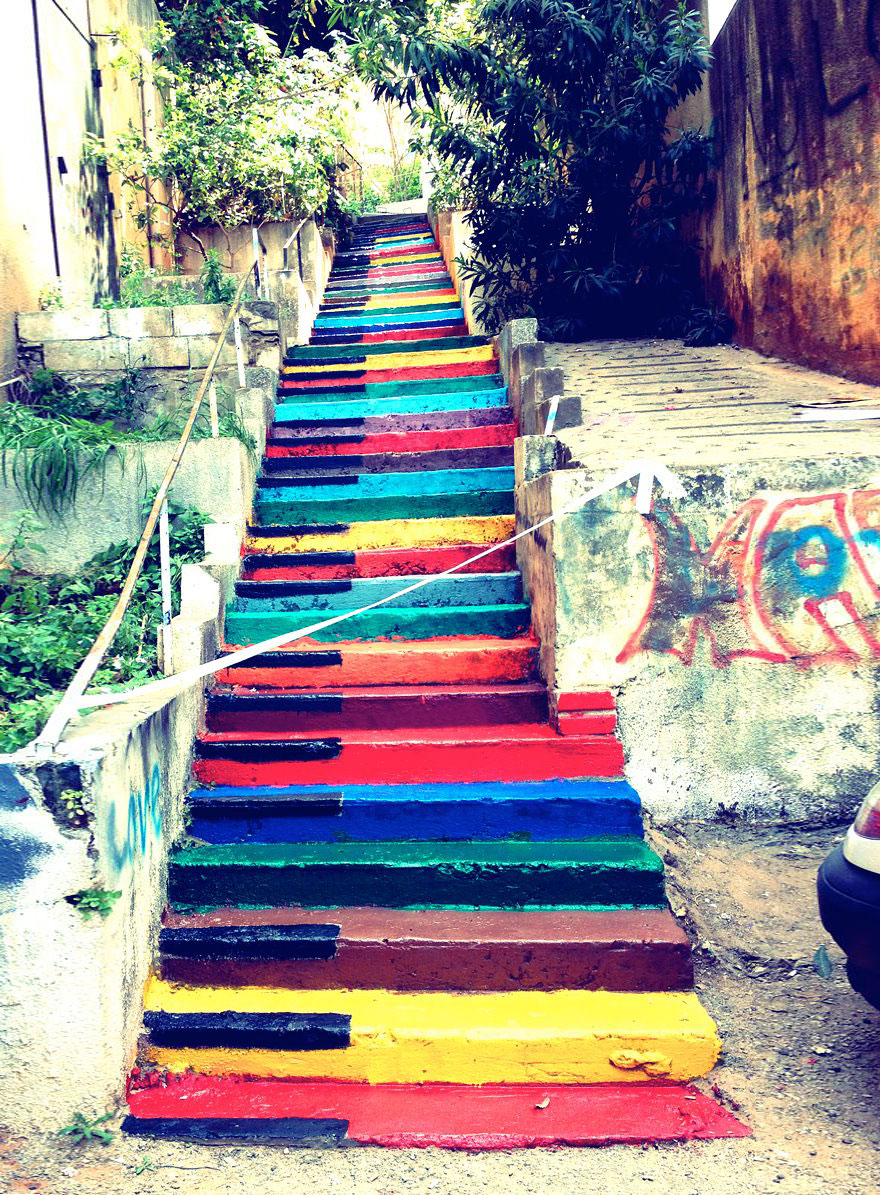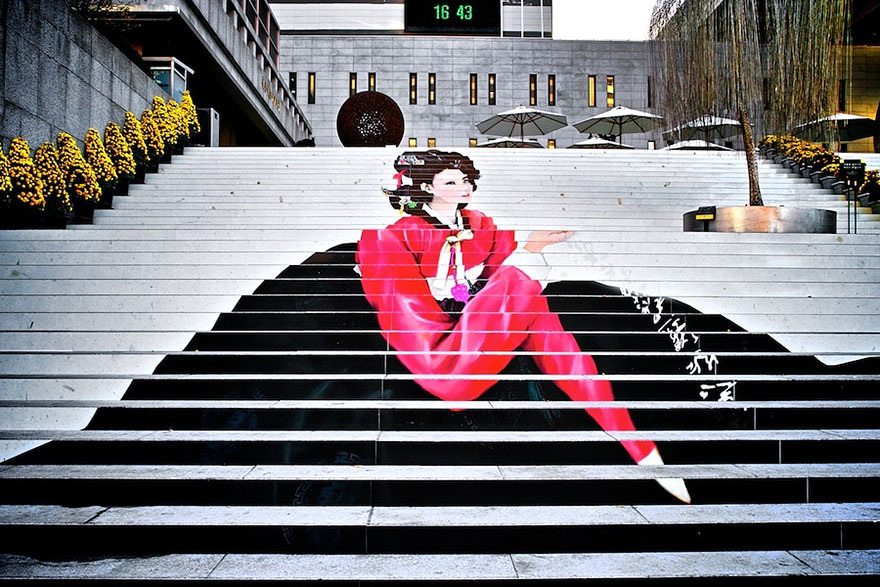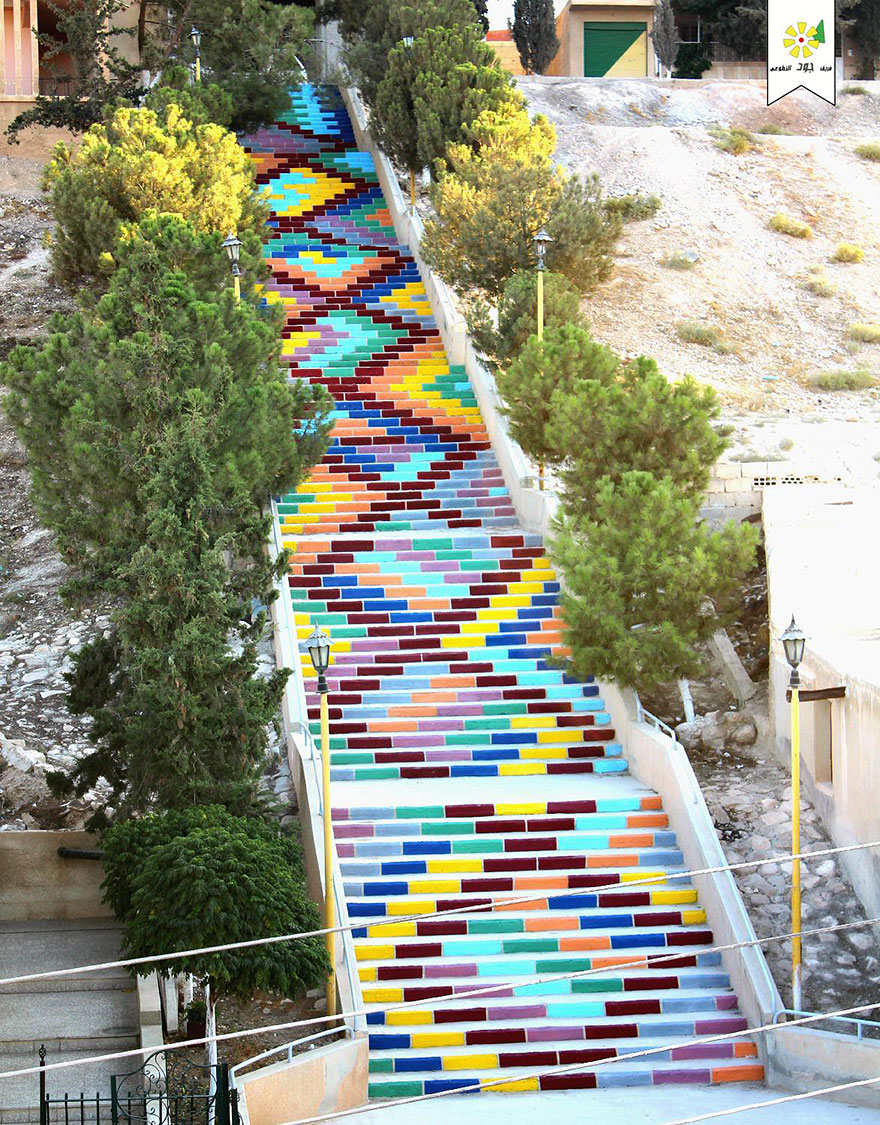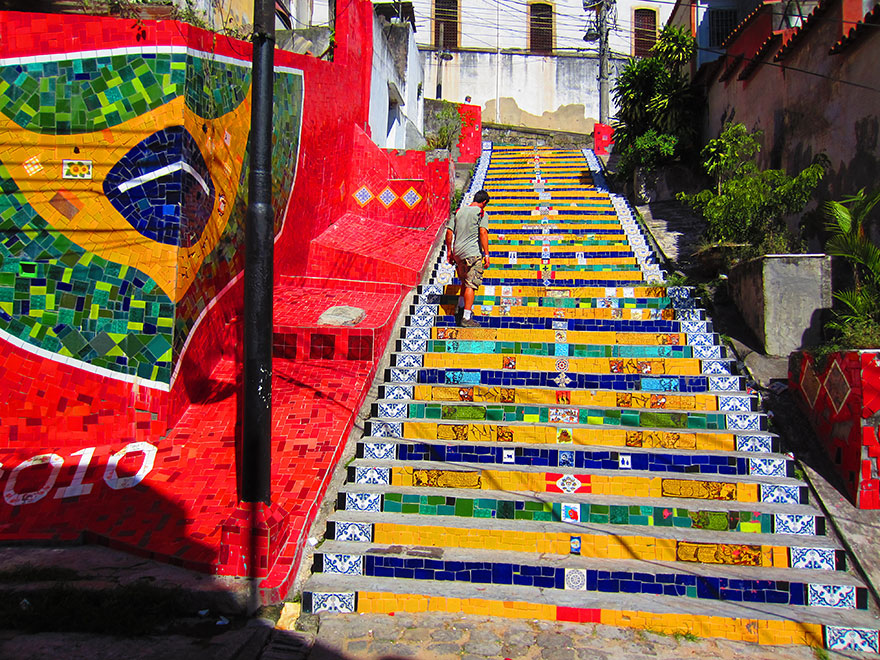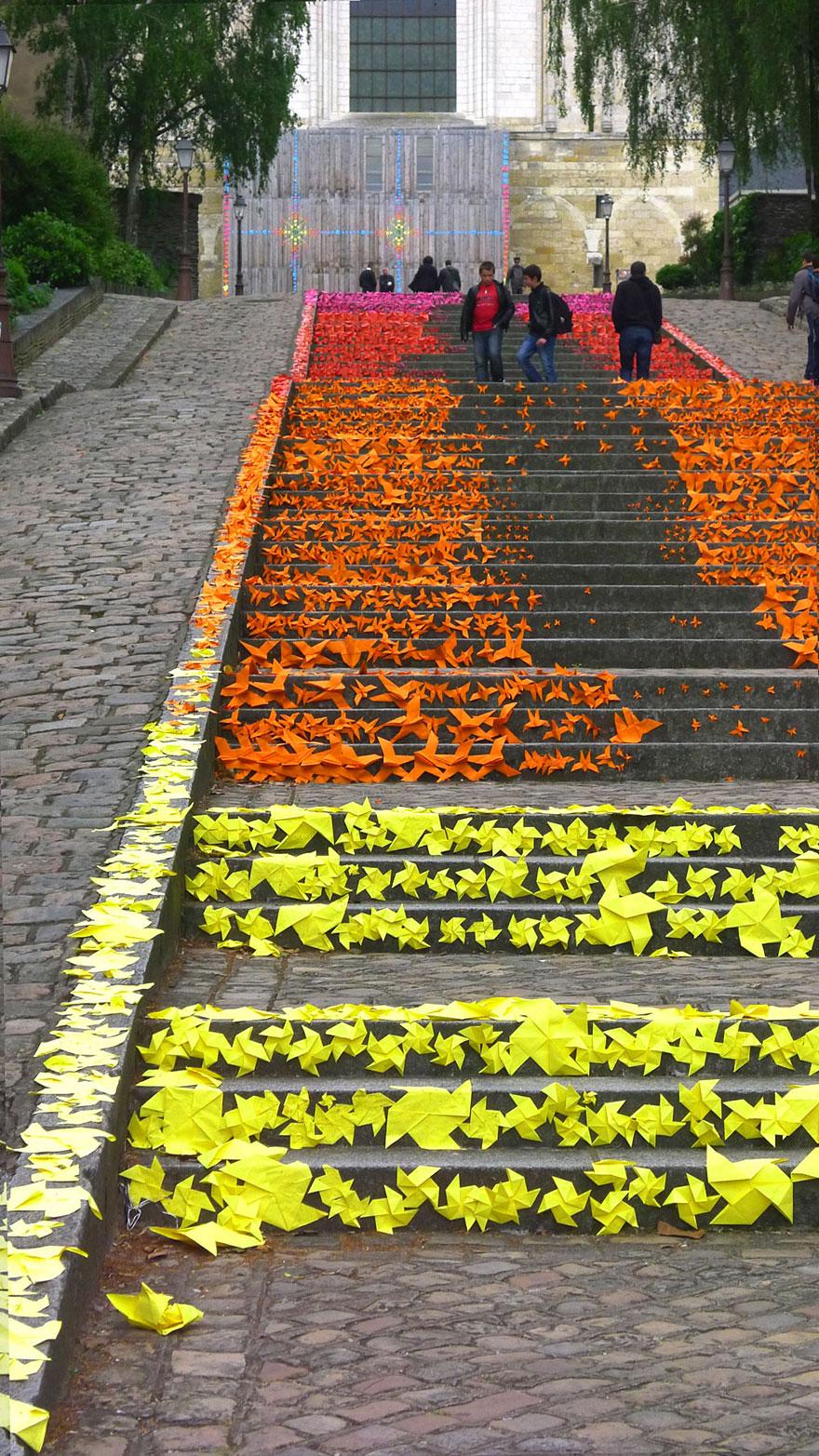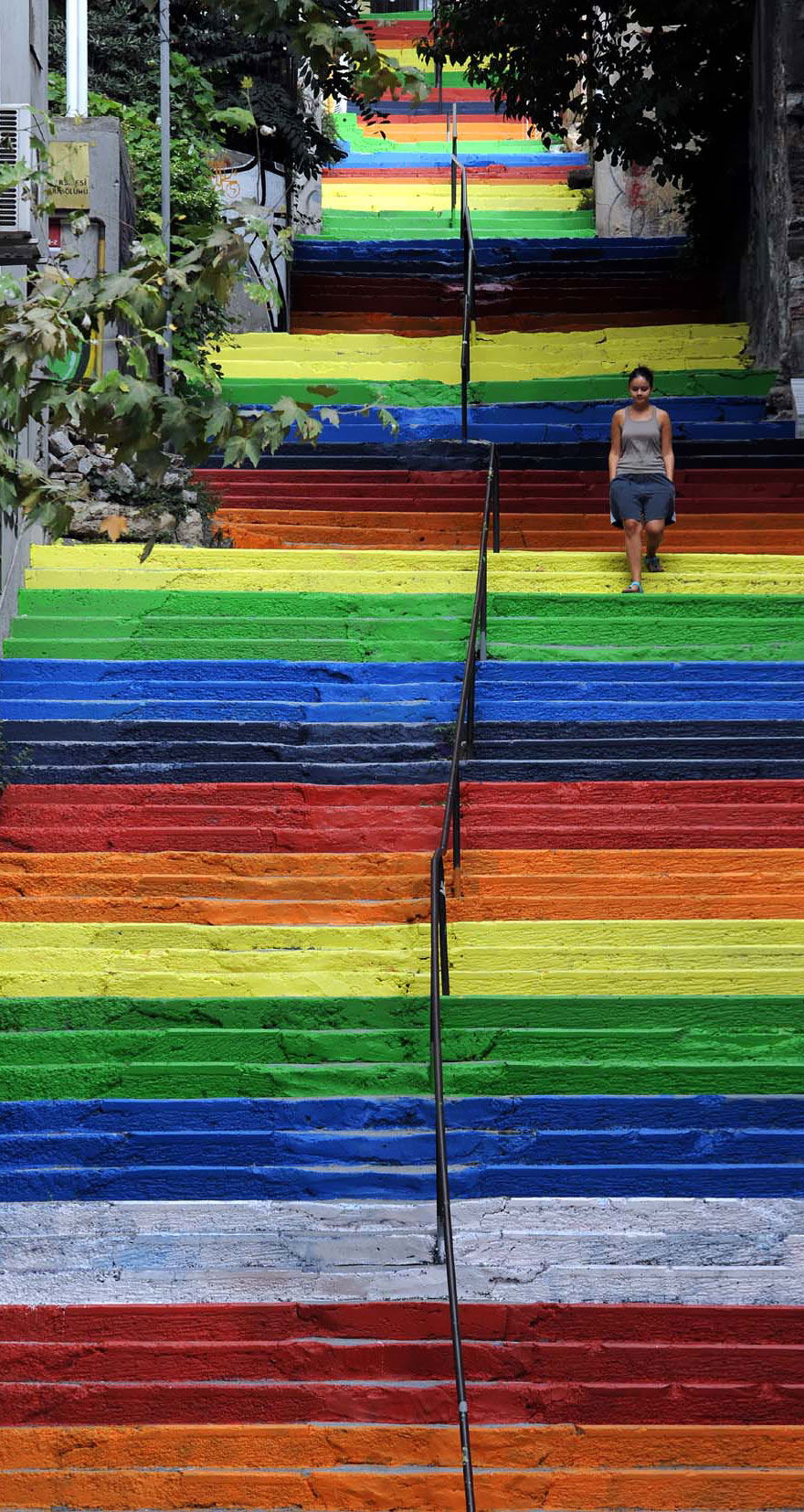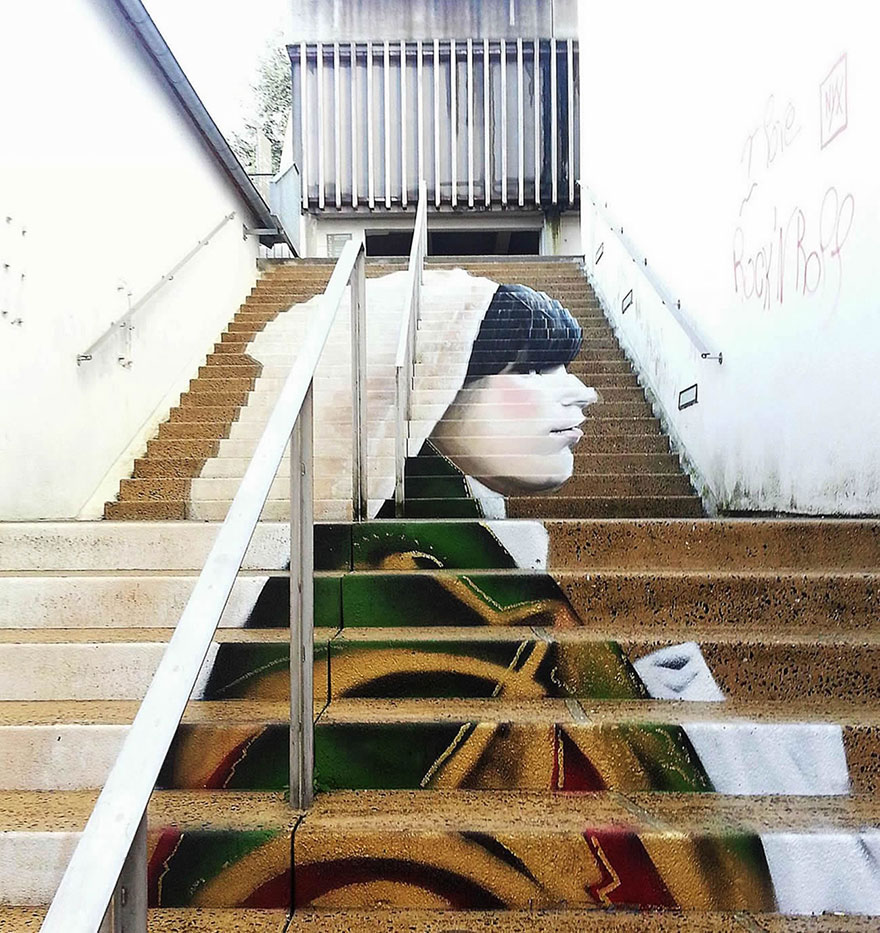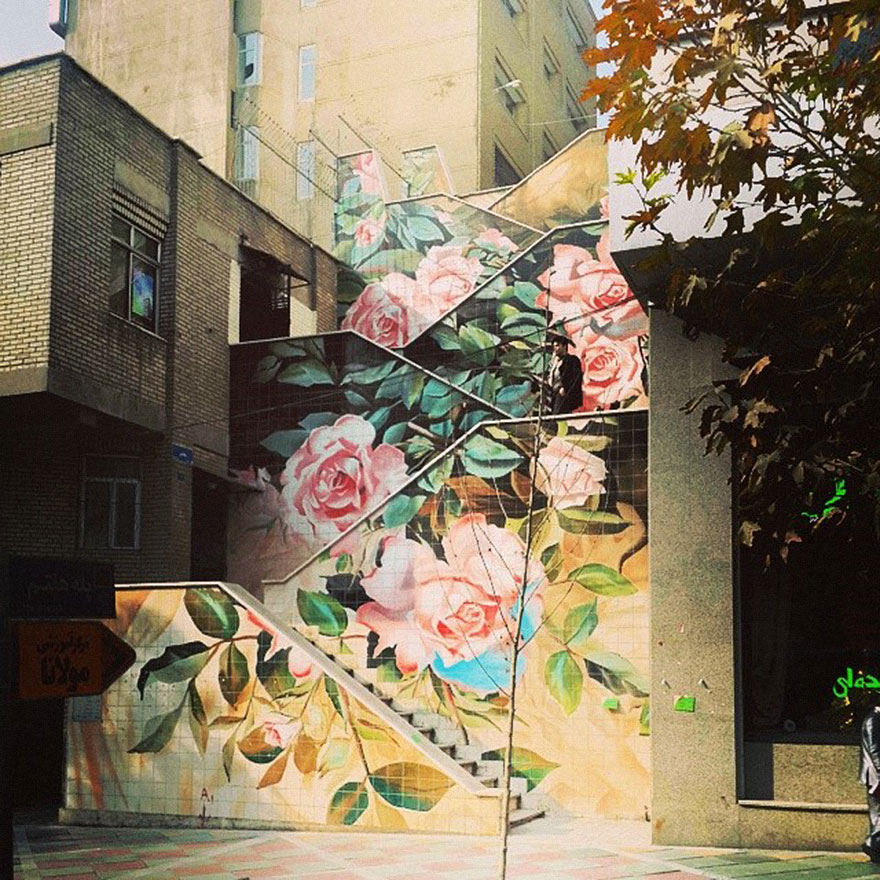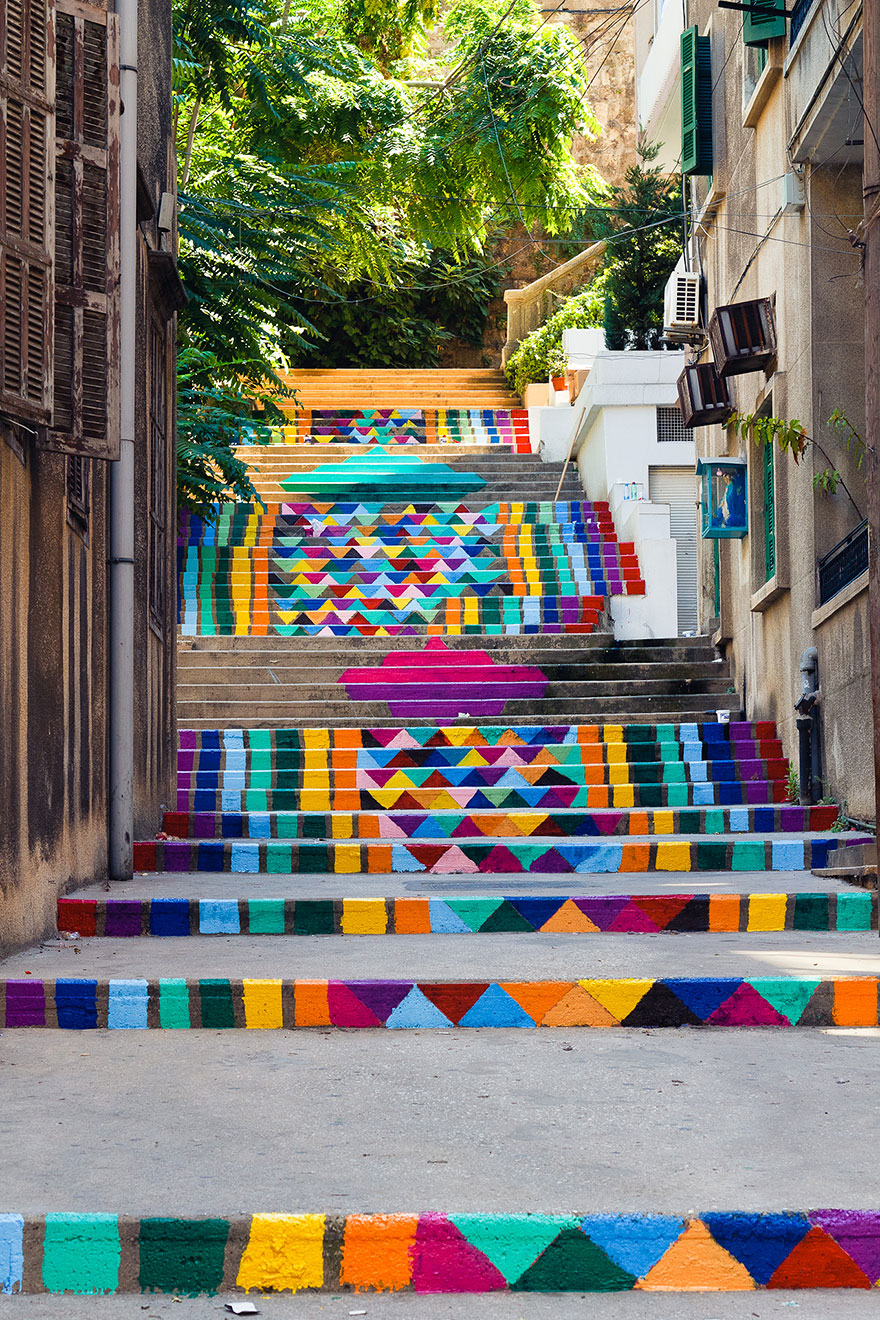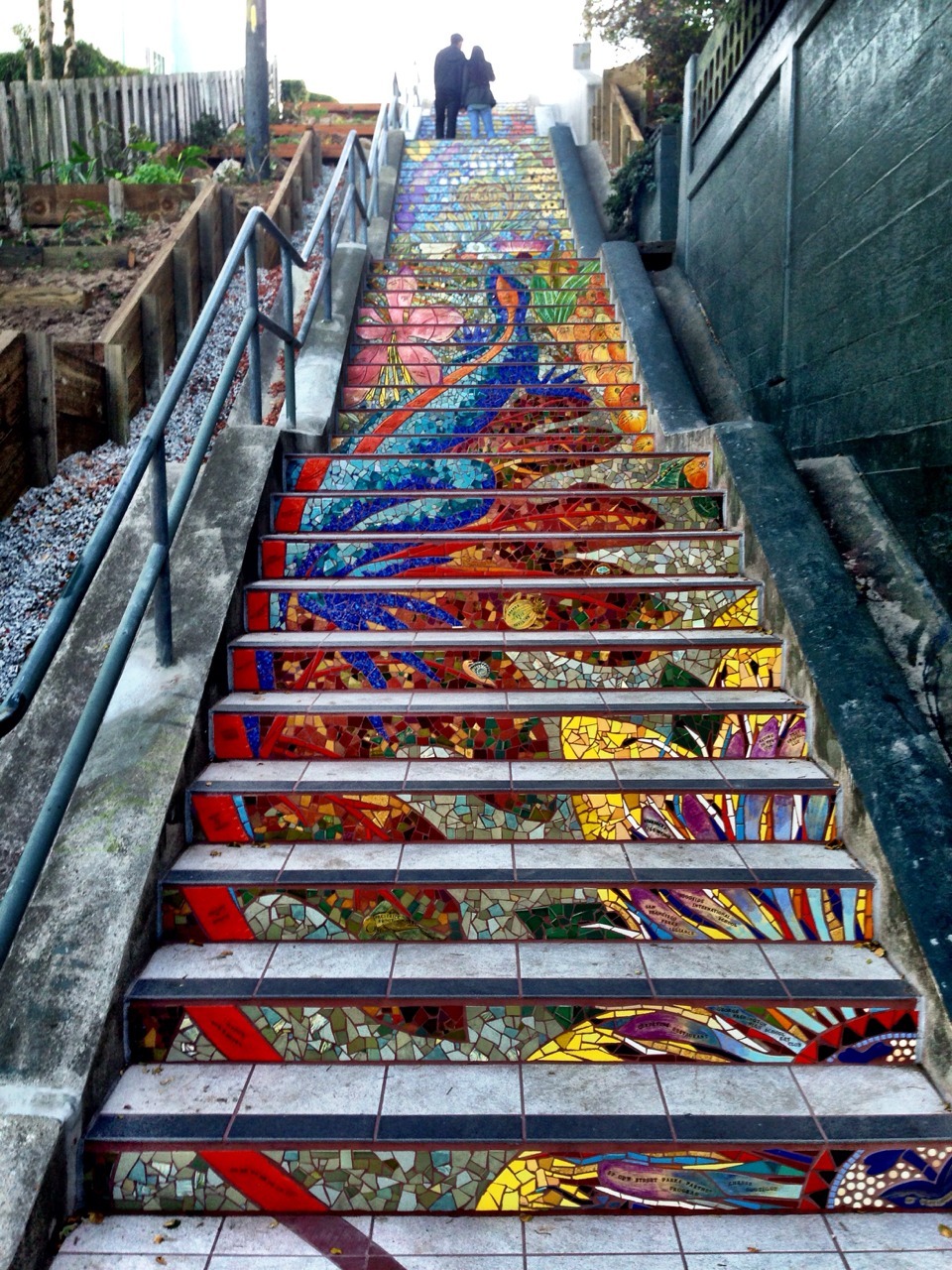 As I searched for
handmade products around the world, I came across beautiful baskets, jewels
and home docor items from Rwuanda, Africa. They are made by local artisans
by natural materials and are delivered around the world.
As I searched for
handmade products around the world, I came across beautiful baskets, jewels
and home docor items from Rwuanda, Africa. They are made by local artisans
by natural materials and are delivered around the world.
Azizi Life is a
comunity that gathers artisans from Rwuanda and helps them sell their
products. Azizi Life isn’t all about selling items, its more about bounding people on different sides of the world.
 Azizi Life is currently working with around 30 different
independent groups of artisans. That means that about 280 artisans make
handmade products every day.
Azizi Life is currently working with around 30 different
independent groups of artisans. That means that about 280 artisans make
handmade products every day.
 Azizi was „born”
during 2007 and 2008, when Food for the Hungry partnered with the Rwandan
government to help train and promote small businesses within the rural
communities of southern Rwanda. The idea of this initiative was to give
local people the skills necessary to run successful businesses.
Azizi was „born”
during 2007 and 2008, when Food for the Hungry partnered with the Rwandan
government to help train and promote small businesses within the rural
communities of southern Rwanda. The idea of this initiative was to give
local people the skills necessary to run successful businesses.
Talking in numbers,
Azizi Life produced a total of 25,968 products last year.
Tom MacGregor, one of
the core office staff of Azizi Life told me what is the purpose of Azizi Life and how did that change the rwandan artisan’s life.
What does an artisan have to do to
enter in Azizi Life program?
Originally Azizi Life
started with artisans that had been part of a training program run by
the Rwandan Government for the rural communities in the Southern part of the
country. As we grew we took on new artisans, who were producing products
that were unique or different from the ones we already had groups making. We
have worked with most of our groups of artisans for over five years now. We
would like to take on new groups, however, we can not do
that until we get our existing artisans, working up to their full potential
and capacity. Therefore we really need to increase the sales so we can do
this.
What are his or her benefits in
entering Azizi Life?
We help our artisans,
get access to the larger global market and we pay on average 3 times what
the artisan would get from selling their products locally. To export and
sell products in the US or Europe, you have to fumigate the products and
ship them, you have to communicate with overseas customers, you need
somewhere to warehouse and distribute from and if you want to sell online you
need a bank account in the US or Europe because you can not connect the
banks in Rwanda to paypal or any of the other payment systems. We also help
the artisans, improve the quality of their products and design new products
(using traditional skills) that will be desirable to the Western Markets.
All of these things are barriers for the artisan
 to be able to make and
sell products to overseas customers, Azizi Life helps them bridge that gap.
Azizi Life also runs some community development programs such as we have
provided artisans with first aid training and we help those artisans that
want it to buy solar lights.
to be able to make and
sell products to overseas customers, Azizi Life helps them bridge that gap.
Azizi Life also runs some community development programs such as we have
provided artisans with first aid training and we help those artisans that
want it to buy solar lights.
Tom also has a blog on
squido
http://www.squidoo.com/artisans-storiesand
where he writes about the artisan’s handmade products and their
lives. One of the story that caught my eye was about Alphonsine. She is a 35
year old woman with 11 children. See her story in this video.
 What African materials are used
for making the products?
What African materials are used
for making the products?
Our products are made
of Sisal, Banana Leaf, Local soft wood, forest & sweet grass and some
African Fabrics. We also sell Imigongo art (in Rwanda only) which is made
from cow dung.
Are the products made in a
traditional African way?
The designs and
products might be modern but, yes they are made using the traditional Rwanda
techniques that have been used for many years.
How do people buy the
products?
People can buy our
products in Rwanda at one of our two boutiques or they can purchase them
online. We also sell products in the US via a catalog or via a few
independent stores. We will be heading to the New York Trade Show in August
and so we are hoping to find some more shops that can carry our products in
the US.
From what countries are your
regular customers?
We have sold products
in Rwanda, US, Canada, UK, Switzerland, Portugal, Ireland, Holland, Germany,
Spain, Kenya and Hong Kong. We have regular customers in Rwanda, US, Canada
and the UK. Although in Canada our products are only really sold through
Global Mothers and in the UK we sell mostly to FH UK (Food for the Hungry
UK) and Created.
How many tourists came in Rwanda
to see the artisans and their products?
I am not sure how many
specifically came to Rwanda to meet artisans. But in 2013 we had over 500
guests come along to one of our experience days.
Everyone who has come
along on our experience days has loved it, Tom says. The tourist live with
the artisans one day. They make baskets, see a traditional dance and eat
traditional food.
„If you do one thing
when you visit Rwanda, DO THIS! An Azizi Life Experience Day is a fun and
affordable way to learn about the rural Rwandan culture through total
immersion. Through working alongside the artisans, I was able to connect to
them and come away with a greater appreciation for the “simple” things.
I recommend the Azizi Life Experience Day to any person traveling in Rwanda
that is looking for an unmatched, memorable, life-changing experience” –
Ashley M from Conneticut
You can read
more about Azizi Life experience on Trip Advisor.
http://www.tripadvisor.com/Attraction_Review-g2720361-d2701345-Reviews-Azizi_Life_Experiences_Rwanda-Gitarama_Southern_Province.html
